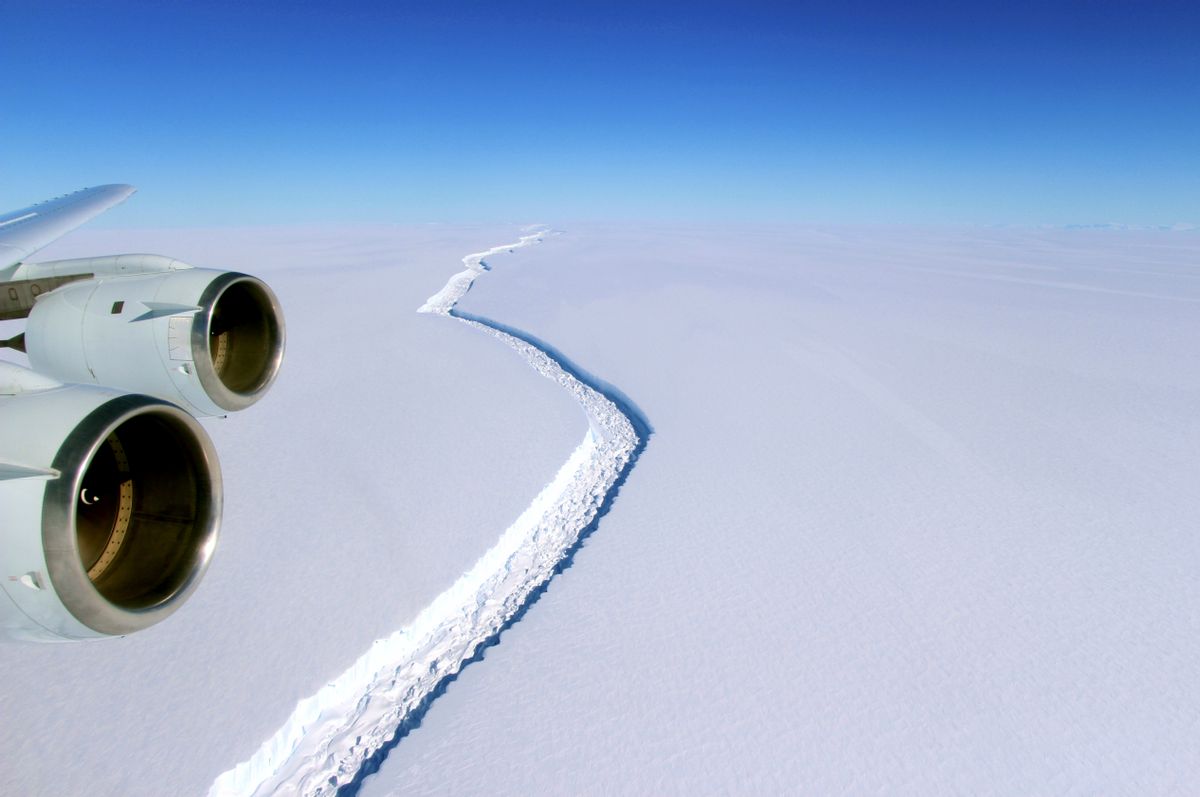The astounding transformation of the Arctic before our very eyes continues. Yet another month has passed with record low sea ice.
This April merely tied April 2016 for the lowest extent on record, but it’s hardly reason to celebrate. The Arctic was missing 394,000 square miles of ice, with each day setting a record low or within 36,000 square miles of setting one.
[salon_video id="14768532"]That’s a sickly sign of the changes hitting the region. Temperatures averaged up to 14°F above normal in part of the Arctic last month, fueling the melt season. Scientists at the National Snow and Ice Data Center said the rate of ice loss was about average.
But after hitting a record low maximum in March, there’s simply less sea ice to melt. That means even in an average month, records are more likely to be set.
One of the biggest issues for sea ice is its increasingly youthful appearance. Young ice is more susceptible to the vagaries of weather, whether it be warm air or water or storms that knock it around and break it up.
Ice older than five years in age now only comprises 5 percent of the Arctic’s ice pack. It accounted for 30 percent of all Arctic sea ice in 1984, but relentless warmth driven by rising carbon dioxide in the atmosphere has slowly squeezed it out of existence.
Young ice has sprung up in its place and now accounts for nearly 70 percent of all Arctic ice, up from just 35 percent just three decades ago.
A group of researchers flying over the region to measure ice thickness got a first hand view of the young ice.
“The group noted that the ice was unusually broken up and reduced to rubble, with few large multi-year floes, forcing the pilots to land on refrozen leads that at times were only 70 centimeters (28 inches) thick,” NSIDC said in their announcement about the April data. “Pilots remarked that they had never seen the ice look like this.”
Looking at where the older and middle-aged ice is paints a grim picture for the Arctic. A trail of third-year ice sits huddled between Greenland and the Norwegian archipelago of Svalbard. That location means it will likely ride ocean currents out of the Arctic, leaving the region with even less of an increasingly precious resources.



Shares